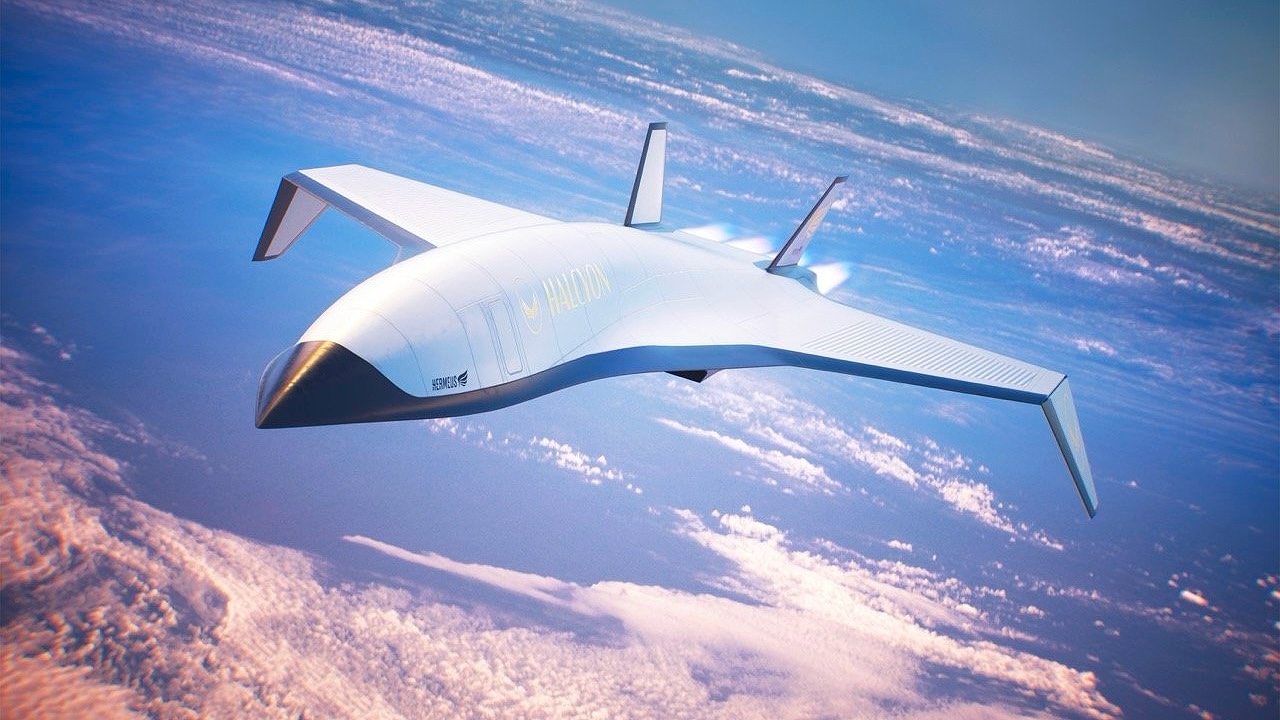
The future of air travel is poised for significant transformation, with a wave of innovative airplane concepts promising to revolutionize the way we fly. As technology continues to evolve, aviation companies, engineers, and designers are pushing the boundaries of what’s possible. These futuristic airplane concepts are not only aiming to improve efficiency and sustainability but also redefine the passenger experience. Let’s take a look at some of the most exciting airplane designs that could shape the future of air travel.
Electric and Hybrid Airplanes
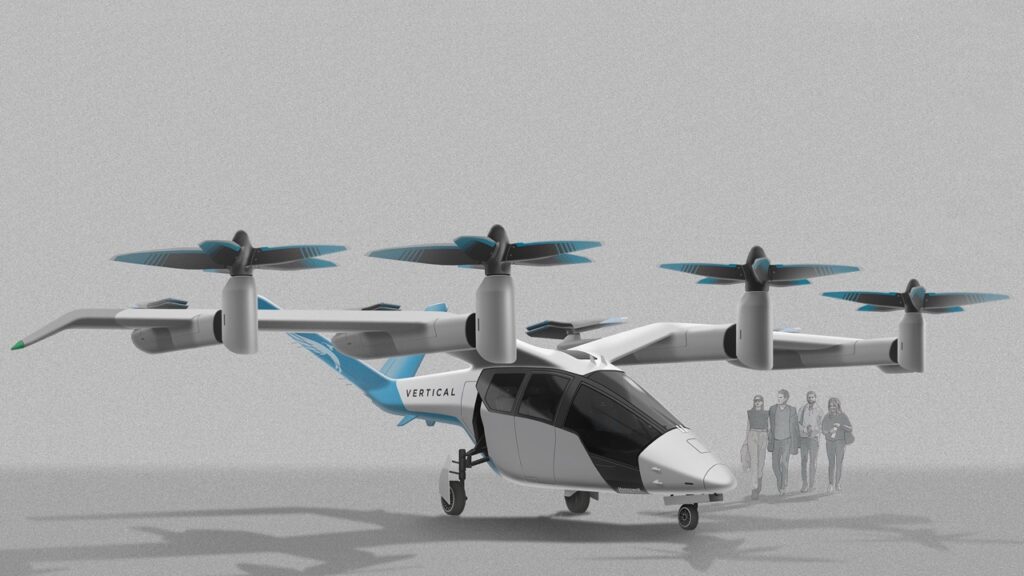
One of the most significant changes on the horizon is the shift toward electric and hybrid-electric airplanes. Companies like Vertical Aerospace and Alice are developing aircraft that use electric propulsion to reduce emissions and fuel costs. These planes are expected to be used for short regional flights, offering a cleaner and more sustainable alternative to traditional jet engines. (Source: Amprius Technologies)
Electric aircraft are quieter, more energy-efficient, and produce zero carbon emissions during flight. While these planes are still in the development phase, they represent a major leap forward in reducing aviation’s environmental impact. Hybrid-electric models, which combine traditional engines with electric propulsion, will serve as a stepping stone until fully electric aircraft can handle longer distances. (Source: International Civil Aviation Organization)
Supersonic Travel
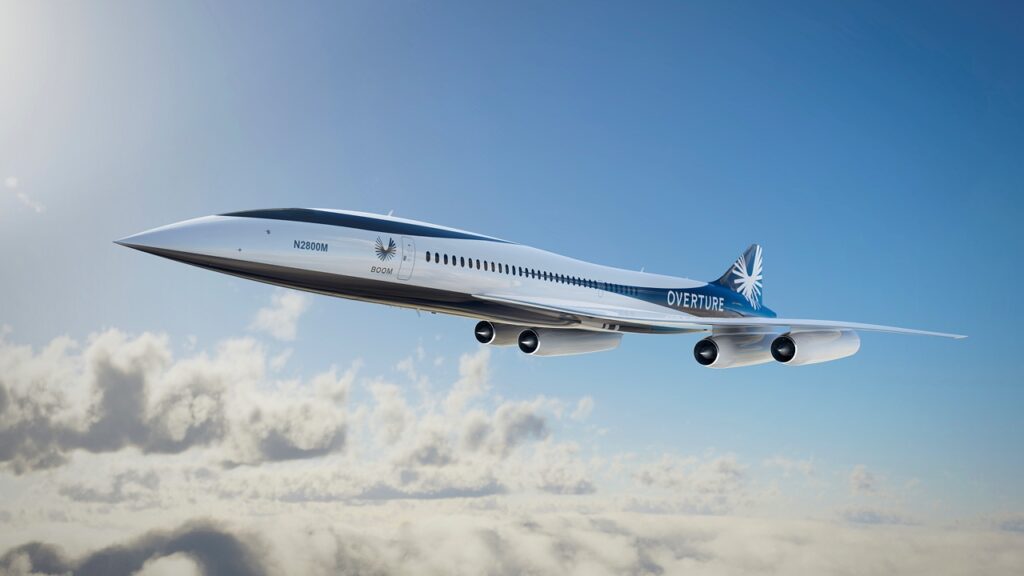
Supersonic air travel, which has been out of reach since the retirement of the Concorde, is making a comeback with new and improved designs. Companies like Boom Supersonic are working on planes that can travel at speeds exceeding Mach 2 (twice the speed of sound), dramatically cutting flight times. For example, a flight from New York to London could take just 3.5 hours, compared to the current 7-8 hours. (Source: Boom Supersonic)
These new supersonic planes aim to solve some of the issues that plagued the Concorde, such as noise pollution from the sonic boom and high operating costs. Modern materials and quieter engine designs are helping to make supersonic air travel a more viable option. With increasing interest from both airlines and consumers, supersonic travel could return as a mainstream option for long-haul flights in the next few decades. (Source: NASA)
Hypersonic Airplanes
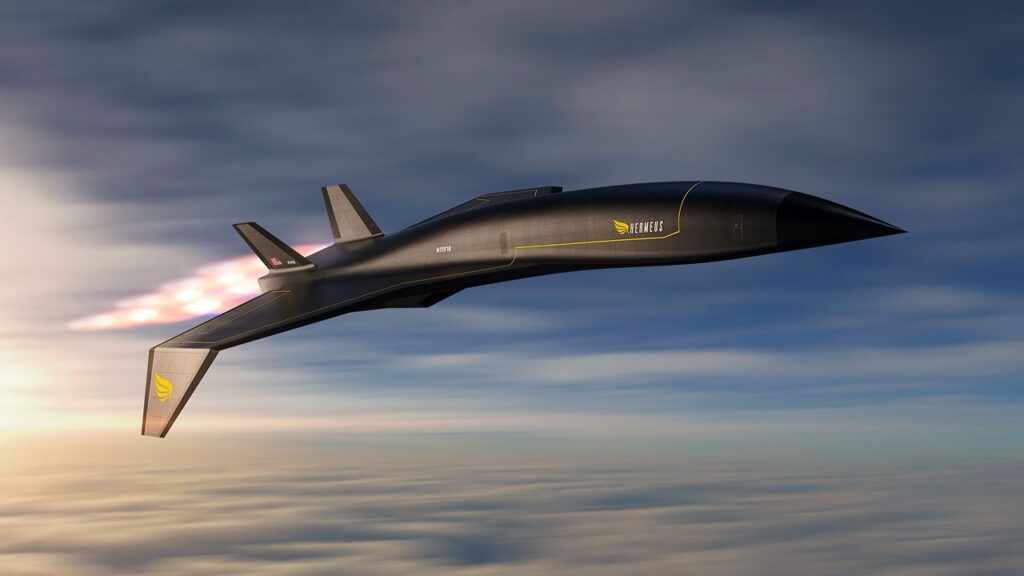
Going even further than supersonic, hypersonic airplanes are designed to travel at speeds greater than Mach 5. Companies like Hermeus are exploring aircraft capable of reaching these extreme speeds. Hypersonic airliners could revolutionize global travel, cutting flight times from New York to Tokyo to just one hour. The technology behind hypersonic flight involves advanced propulsion systems like scramjet engines, which allow planes to fly faster than ever before. (Source: Hermeus)
While this level of speed is still years or decades away, hypersonic flight could eventually be used for both commercial and military purposes. It holds the potential to make international travel almost instantaneous, opening up a new world of possibilities for business, tourism, and geopolitics. (Source: Aerospace Testing International)
Autonomous Airplanes
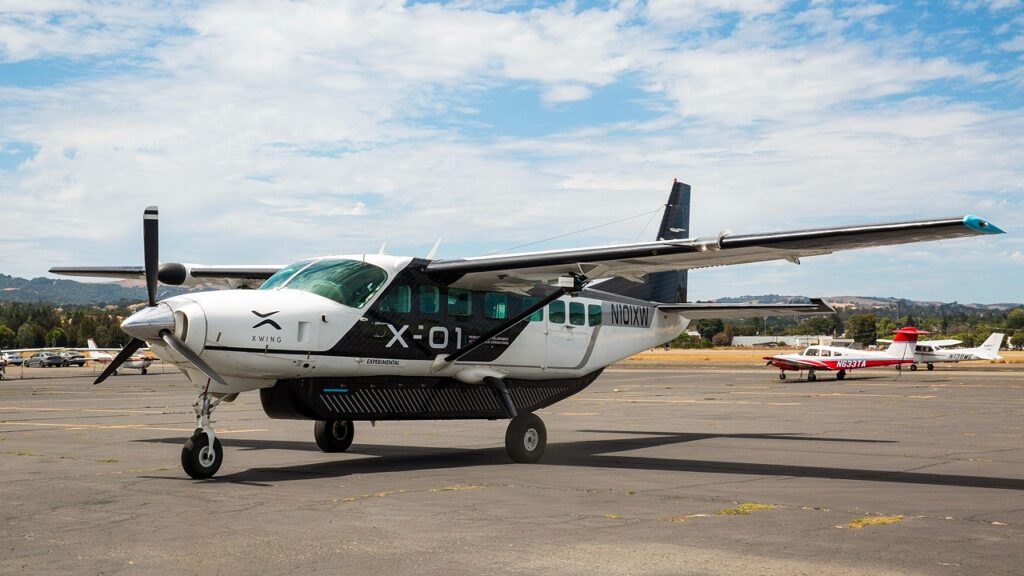
Autonomous airplanes, or self-flying planes, are another futuristic concept that could significantly impact air travel. Companies like Xwing and Boeing are working on systems that could allow planes to fly without human pilots, using advanced AI and machine learning algorithms to control flight paths, monitor air traffic, and make real-time decisions. (Source: Aviation Today)
The benefits of autonomous airplanes include increased safety, as AI systems can react more quickly and efficiently than human pilots in certain situations. It also reduces the risk of human error, which is a leading cause of aviation accidents. Additionally, autonomous planes could lead to lower operating costs, as fewer pilots would be needed on flights. While full autonomy is still in the experimental phase, we could see limited use in commercial aviation within the next few decades. (Source: Boeing)
Solar-Powered Aircraft
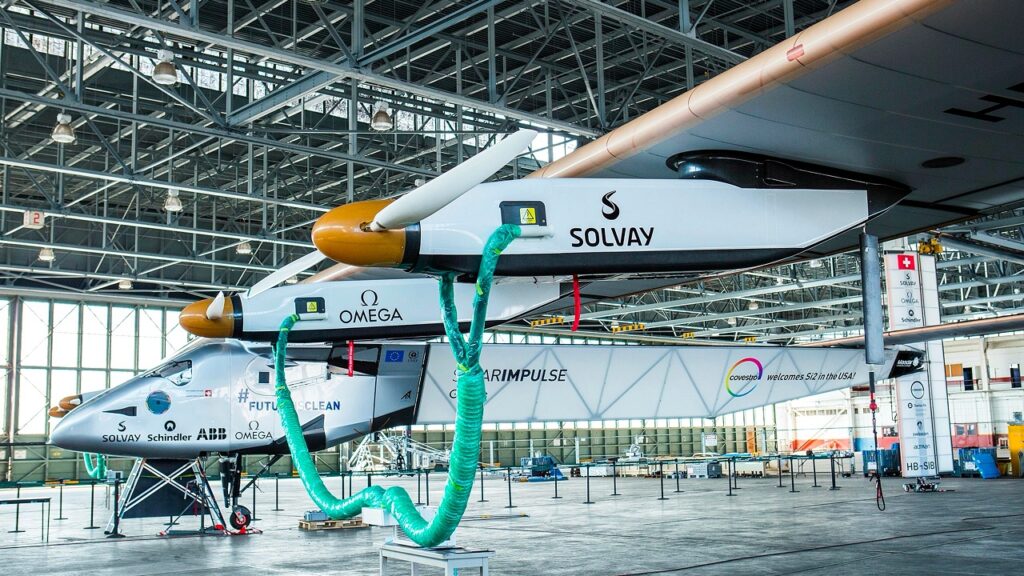
Solar-powered airplanes are another innovative concept that promises to make air travel more sustainable. By harnessing the sun’s energy, these planes could reduce reliance on traditional fuel sources, decreasing both operational costs and environmental impact. Companies like Solar Impulse have already demonstrated the feasibility of solar-powered flight with successful long-duration test flights. (Source: Solar Impulse)
In the future, solar-powered aircraft could be used for both short regional flights and longer journeys, depending on battery capacity and solar efficiency. While challenges remain, such as the need for larger solar panels and energy storage systems, solar-powered planes could one day complement other green aviation technologies, contributing to a more sustainable future for air travel. (Source: CNBC)
Flying Cars and Urban Air Mobility
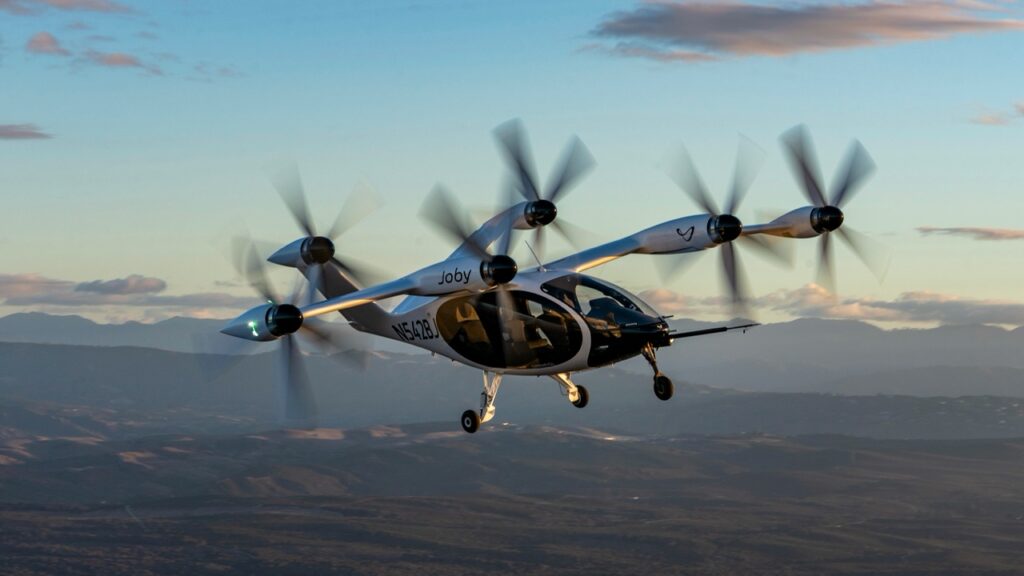
While not exactly airplanes, flying cars and urban air mobility (UAM) concepts are reshaping the way we think about air travel. Companies like Terrafugia, Joby Aviation, and Lilium are developing electric vertical take-off and landing (eVTOL) aircraft that could serve as air taxis for short urban trips. These vehicles combine the convenience of cars with the speed and efficiency of aircraft, potentially eliminating traffic congestion in major cities. (Source: Joby Aviation)
Flying cars could operate within urban air corridors, offering rapid transit over short distances and connecting passengers to airports or city hubs. UAM is still in its early stages, but with advances in battery technology and regulatory approvals, we could see air taxis and personal flying vehicles becoming a reality within the next few decades. (Source: Forbes)
Smart Cabin Designs
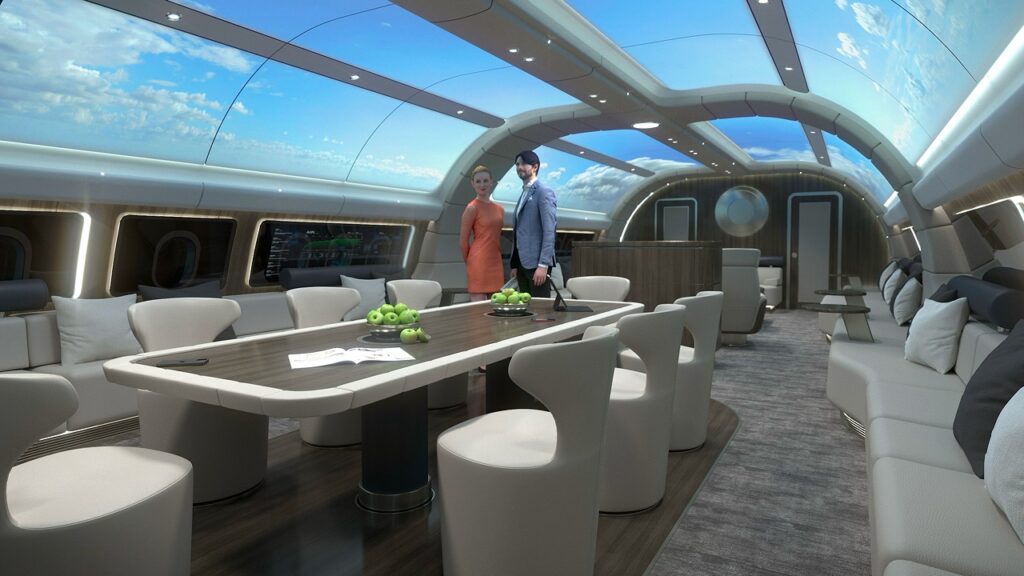
Future airplanes will not just focus on performance and sustainability but also on the passenger experience. Smart cabin designs will incorporate advanced technologies to make air travel more comfortable and efficient. From personalized in-flight entertainment systems to smart seating that adjusts to your body’s needs, the future of airplane interiors is set to enhance the flying experience. (Source: Lufthansa Technik)
In-flight Wi-Fi will become faster and more reliable, allowing passengers to stay connected and productive during flights. Additionally, augmented reality (AR) and virtual reality (VR) could be integrated into the cabin to provide immersive entertainment options. These smart features will help make long-haul flights more enjoyable, while reducing stress and improving overall passenger satisfaction. (Source: Passenger Terminal Today)
Wingless Airplanes
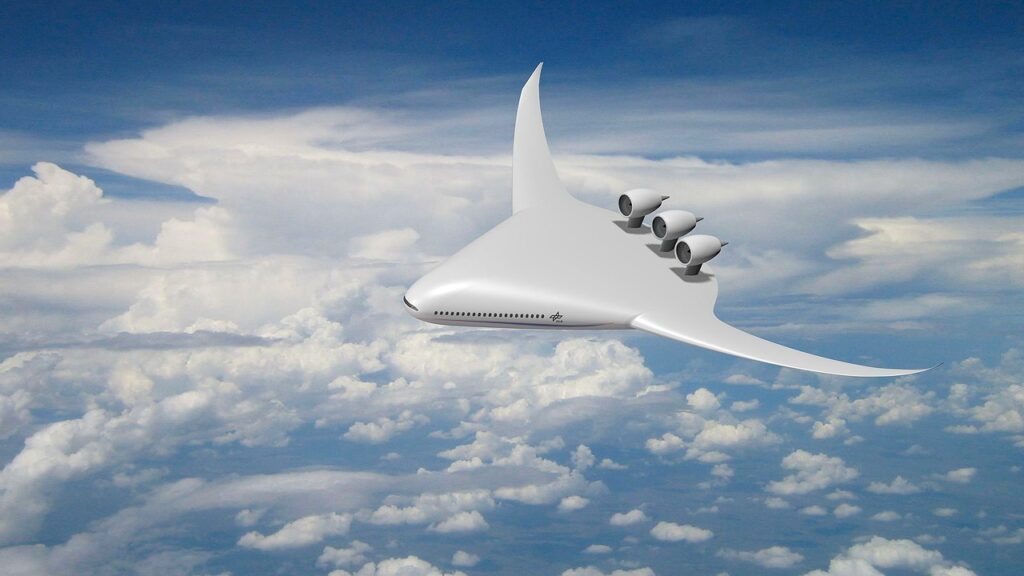
Wingless aircraft, often referred to as blended wing body (BWB) designs, are gaining attention as a way to improve both efficiency and performance. By eliminating traditional wings and integrating the body of the plane into a continuous airfoil shape, these designs reduce drag and weight, leading to better fuel efficiency and increased passenger capacity. (Source: NASA)
Blended wing body designs have been tested by organizations like NASA, and prototypes are being explored for both military and commercial use. These planes could offer significant advantages in terms of fuel savings and cargo space, making them a compelling option for the future of air travel. However, challenges such as structural integrity and passenger comfort need to be addressed before these designs can go mainstream. (Source: Aerospace Testing International)
Space Tourism and Suborbital Flights
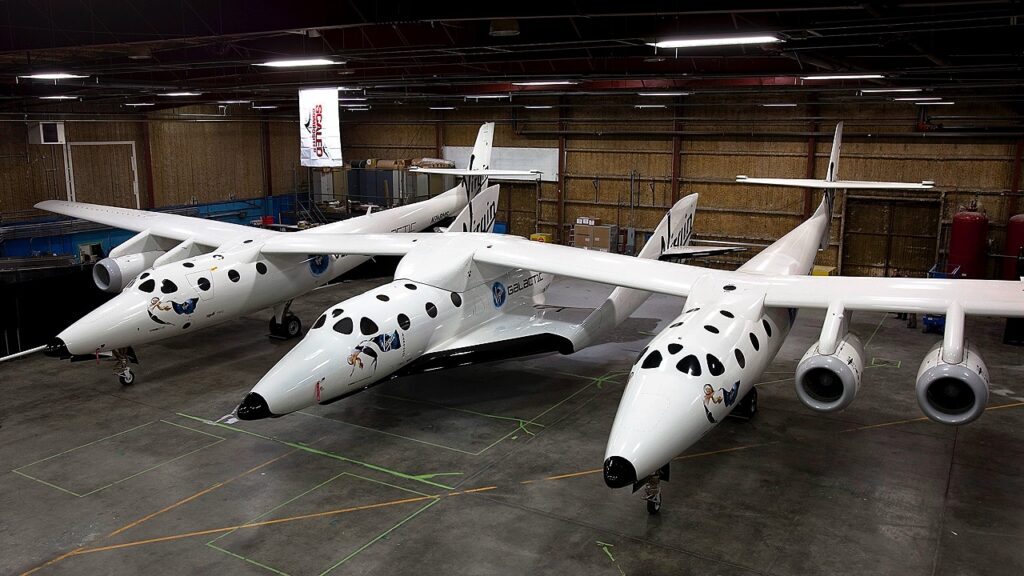
Space tourism is rapidly becoming a reality, thanks to companies like Virgin Galactic, Blue Origin, and SpaceX. Suborbital flights, which take passengers just beyond the edge of space, are offering a new type of air travel experience. These flights provide a few minutes of weightlessness and a view of Earth from space, giving tourists the opportunity to experience space without going on a full-fledged mission. (Source: Virgin Galactic)
In the coming years, space tourism could become more accessible and affordable, making it a new frontier for adventurous travelers. As technology improves, suborbital flights may also serve as a testing ground for other high-speed travel concepts, bringing us closer to achieving global travel in hours rather than days. (Source: SpaceX)
The future of air travel is incredibly exciting, with advancements in electric propulsion, supersonic speed, autonomy, and even space travel all on the horizon. These futuristic airplane concepts not only promise to make flying faster, more affordable, and more sustainable, but they also offer a glimpse into how the aviation industry will adapt to the changing needs of the modern world. As technology continues to progress, the way we travel by air is set to undergo a major transformation, ushering in a new era of exploration and convenience.